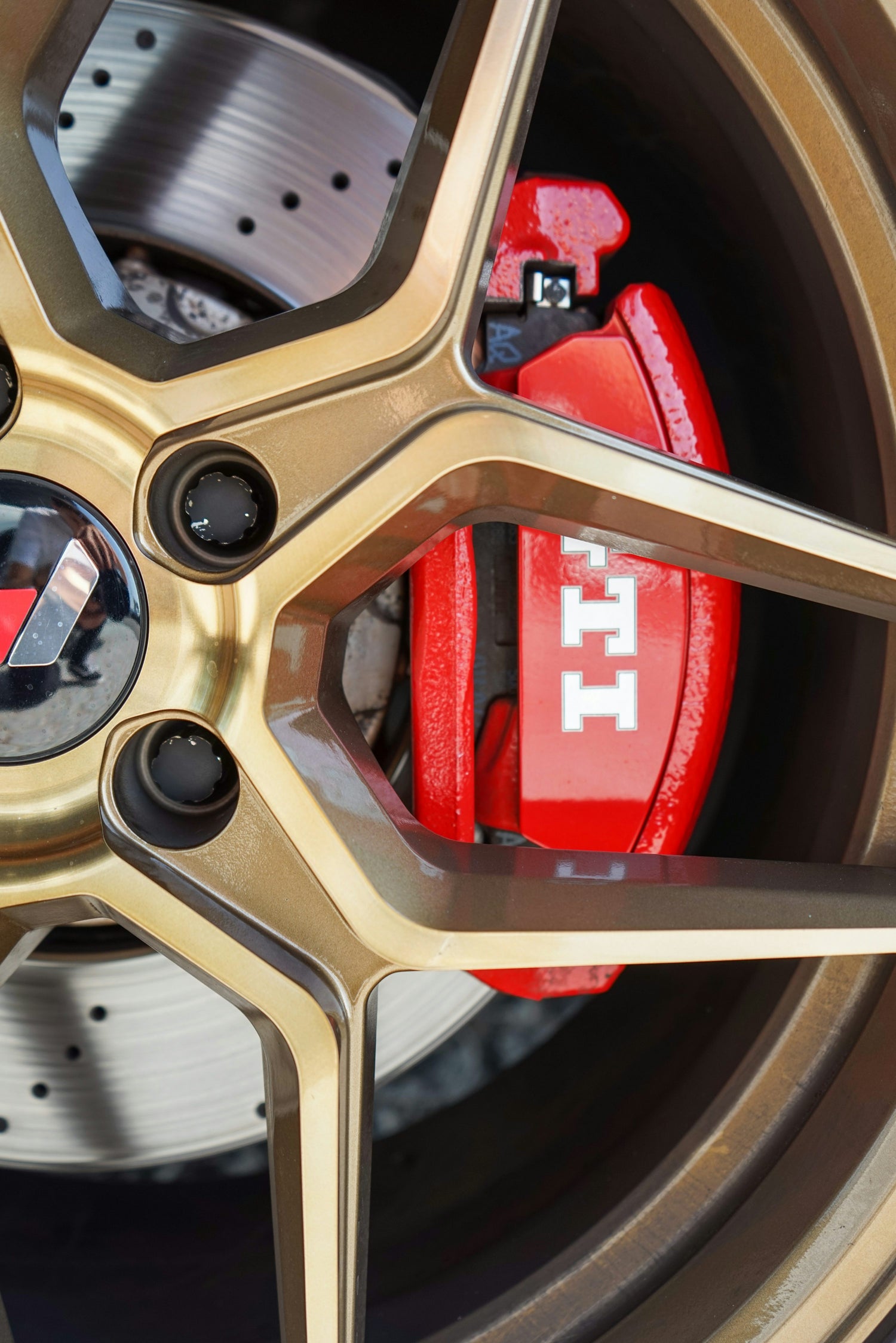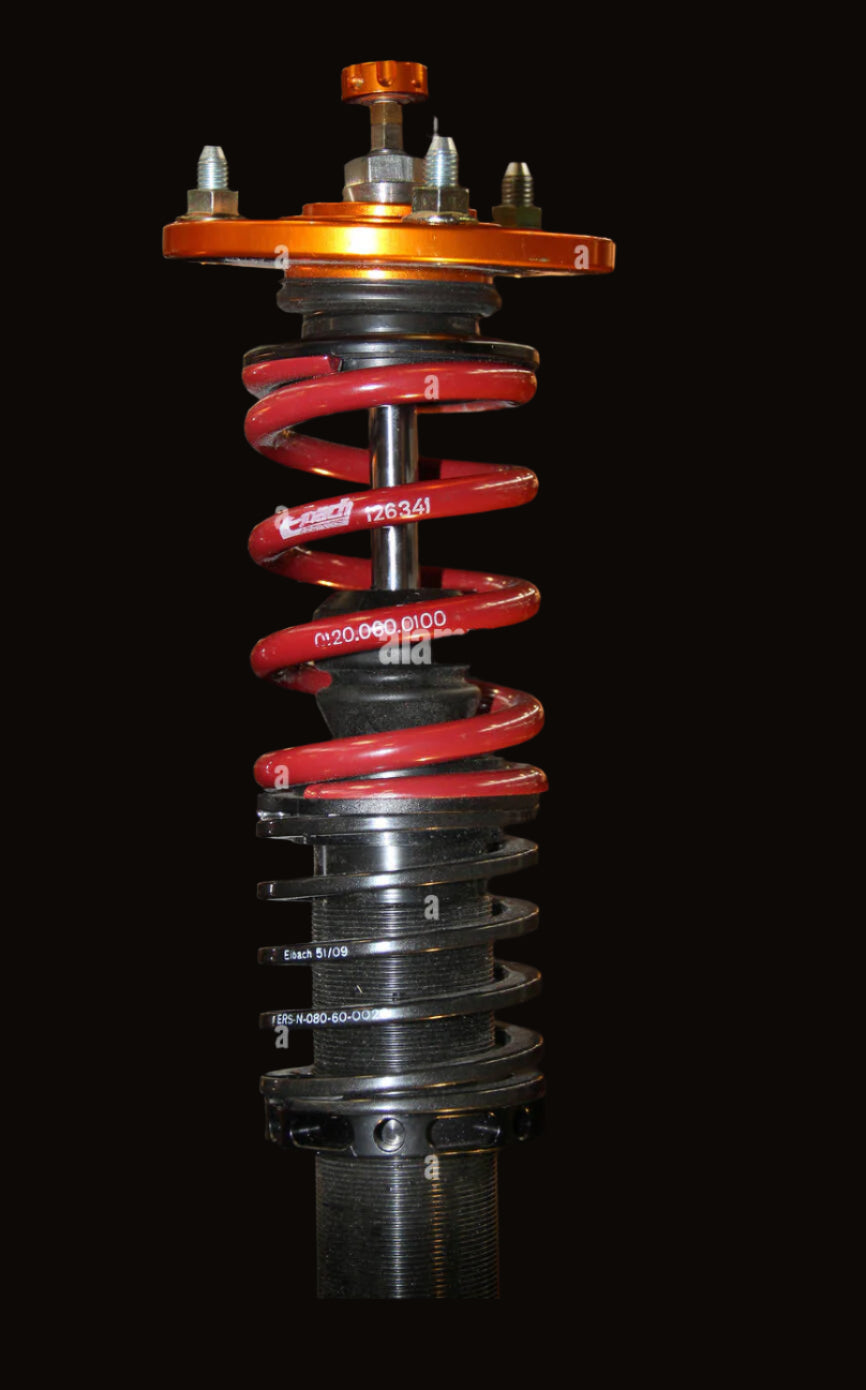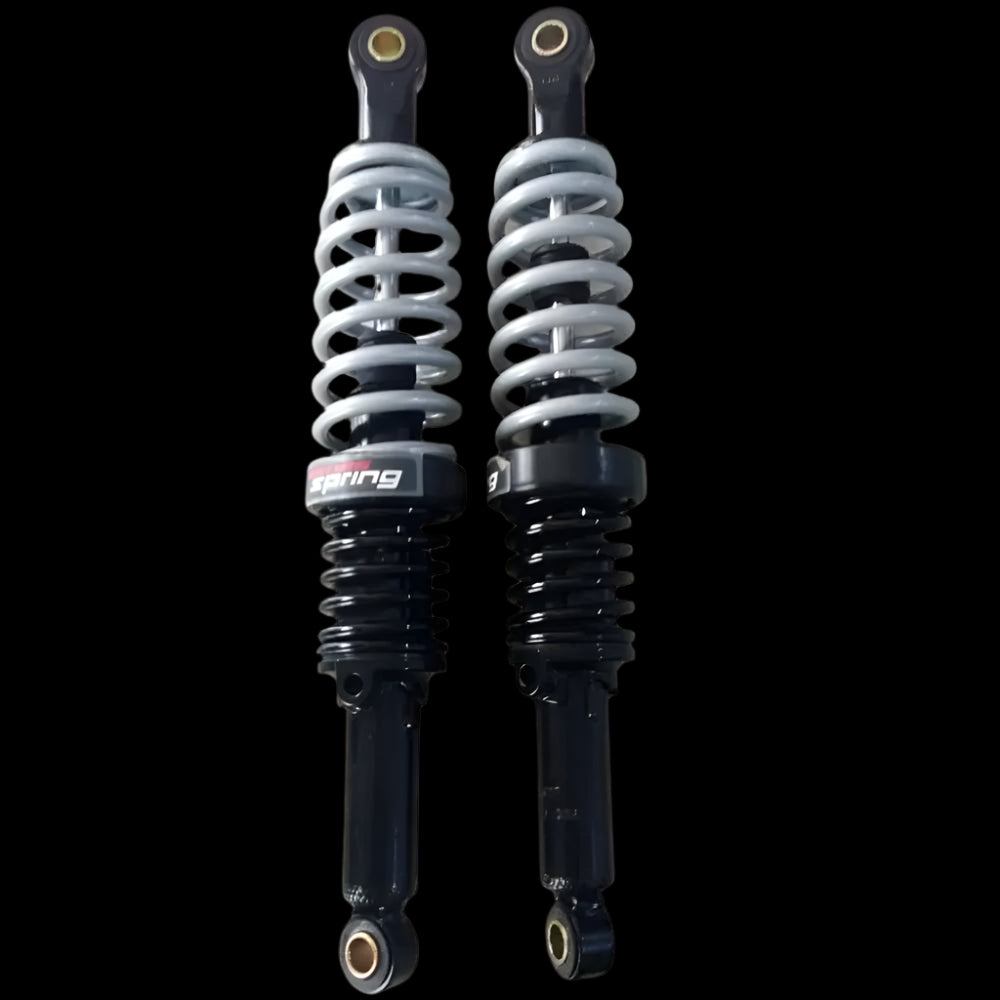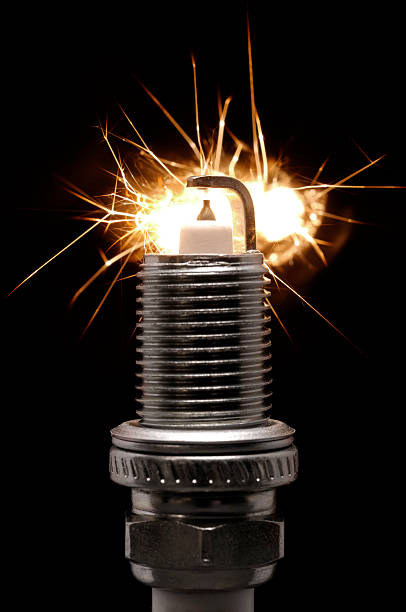BLOG

How to Choose the Right Brake Pads for Your Vehicle ?
Introduction:
- Brake pads are critical for the safety and performance of your vehicle. Choosing the right brake pads depends on various factors like driving style, vehicle type, and budget.
Key Factors to Consider:
- Type of Brake Pads:
- Vehicle Type and Size:
- Driving Style:
- Noise and Comfort:
- Cost:
Conclusion:
- Choose the right brake pads by considering your vehicle type, driving conditions, and budget. Regular maintenance and prompt replacement of worn-out brake pads are essential for safety.

Swapping Out a Car Air Filter: Comprehensive Steps
Introduction:
- The air filter ensures that clean air enters your engine, improving fuel efficiency and engine performance. Replacing the air filter is an easy and cost-effective maintenance task.
Steps to Replace a Car Air Filter:
- Locate the Air Filter Housing:
- Remove the Housing Cover:
- Remove the Old Air Filter:
- Clean the Housing:
- Install the New Air Filter:
- Reattach the Housing Cover:
- Check the Seal:
Conclusion:
- Replacing the air filter is a simple task that can significantly improve engine efficiency and longevity. It’s recommended to change the air filter every 12,000 to 15,000 miles or as recommended by the manufacturer.

How can one determine if their vehicle requires suspension repair or replacement?
If you notice your car bouncing excessively, swaying while turning, or experiencing uneven tire wear, your suspension might be damaged. A rough or uncomfortable ride, difficulty controlling the vehicle, or fluid leaks near the shock absorbers are all signs that suspension components need attention. Regular maintenance is important for safety and comfort.
To determine if your vehicle requires suspension repair or replacement, look out for these common signs:
- Bumpy or Uncomfortable Ride: If your car feels rough or bounces excessively after hitting bumps or potholes, it may indicate worn-out suspension components.
- Uneven Tire Wear: Worn suspension parts can cause uneven or abnormal tire wear, such as bald spots on one side of the tire.
- Pulling or Drifting: If your car pulls to one side while driving or when you brake, it could be a sign of suspension issues affecting your car’s alignment.
- Difficulty Handling: If the car feels unstable or difficult to control while turning, especially at high speeds, it may indicate suspension problems.
- Noises: A knocking, clunking, or squeaking sound when driving over bumps may mean that parts like shock absorbers or struts need replacement.
- Vehicle Leans to One Side: If your car leans to one side, especially while turning or braking, it could be due to a faulty suspension spring or shock absorber.
If you notice any of these signs, it’s important to get your vehicle inspected by a professional to determine if suspension repair or replacement is necessary. Timely repairs ensure better safety, handling, and comfort while driving.

Understanding the function of shock absorbers, their impact on your vehicle, and the appropriate replacement timeline.
Shock absorbers are critical components of your vehicle's suspension system. They control the up-and-down movement of the car, reducing the impact of bumps, potholes, and uneven roads, which provides a smoother ride. Additionally, they help maintain vehicle stability, improve handling, and prevent excessive bouncing. Without functioning shock absorbers, your car may become harder to control, and the ride will feel rough and uncomfortable.
You should consider replacing your shock absorbers if you notice any of the following signs:
- The car bounces or rocks excessively after driving over bumps.
- There’s uneven tire wear or noticeable noise when driving.
- The vehicle leans when turning or braking.
Replacing shock absorbers on time is essential for maintaining ride quality, safety, and proper vehicle handling.

Selecting the appropriate windshield wipers for your vehicle, and knowing when to replace them,
When selecting windshield wipers, it’s important to consider the size and type that are compatible with your vehicle. You can find this information in your car’s manual or on the manufacturer’s website. Choose between conventional blades, beam blades, or hybrid blades based on your local weather conditions. For optimal performance, replace wiper blades every 6 to 12 months or when they start leaving streaks.
You should replace your wiper blades if you notice:
- Streaking or smearing when in use.
- Chattering or squeaking noises.
- Cracked, torn, or damaged blades.
Replacing wipers ensures clear visibility, especially in rainy or snowy conditions, helping you drive safely in all weather.

Discuss the function of spark plugs in an automobile and determine when it is time for replacement.
Spark plugs play a crucial role in igniting the air-fuel mixture inside your engine, starting the combustion process that powers your vehicle. They help ensure the engine runs smoothly and efficiently. Without properly functioning spark plugs, your car may experience misfires, reduced fuel efficiency, and even fail to start.
You should replace your spark plugs if you notice any of the following signs:
- Rough engine idle or frequent misfires.
- Poor acceleration or noticeable lack of power.
- Decreased fuel efficiency or the check engine light turning on.
Spark plugs generally last between 30,000 to 100,000 miles, but regular inspection is essential to keep your engine running at its best.
